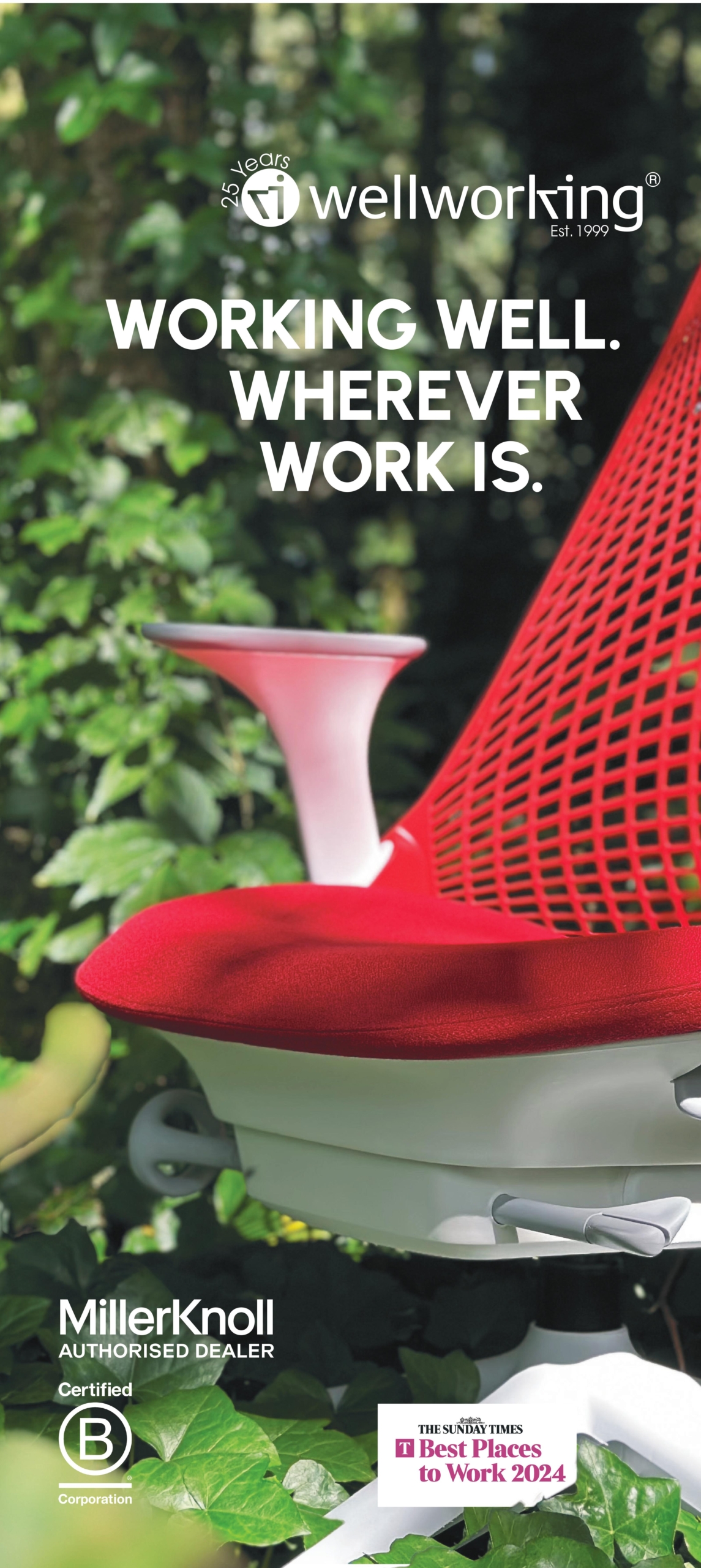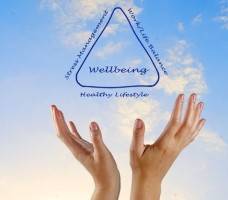August 9, 2016
Watercooler moments are the key to workplace wellness claims study 0
The skills people require to perform at their optimum throughout the working day, such as patience, focus and diplomacy can be fuelled by the food they’ve eaten; while ‘the wrong kind of fuel can derail their whole day,’ a new academic report has found. And the study in the journal Food, Culture & Society: An International Journal of Multidisciplinary Research reveals that water is the main redeemer of ‘negative nutrition’ in the workplace; not only because it provides vital hydration for physical wellness but because it encourages people to walk to the watercooler or break out area to drink. According to the researchers, a culture of grabbing something quick to eat amid a mounting pile of to-dos at work often leads to making the wrong decisions when searching for something to eat in the workplace. Unplanned cakes and the emergence of ‘food altars’; central places for leftovers from work meetings or unhealthy snacks present workers with endless choice.


















 A new meta analysis compiled by researchers from Harvard Business School and Stanford University raises questions about the way Government and organisational policies designed to tackle the problems of work related health costs in the United States have largely ignored the health effects of ‘psychosocial workplace stressors’ such as high job demands, economic insecurity, and long work hours. The analysis of 228 existing studies assessed the effects of ten workplace stressors on four specific health outcomes. The researchers claims that job insecurity increases the odds of reporting poor health by about 50 percent, high job demands raise the odds of having a diagnosed illness by 35 percent, and long work hours increase mortality by almost 20 percent. They argue that any policies designed to address these issues should account for the health effects of the workplace environment.
A new meta analysis compiled by researchers from Harvard Business School and Stanford University raises questions about the way Government and organisational policies designed to tackle the problems of work related health costs in the United States have largely ignored the health effects of ‘psychosocial workplace stressors’ such as high job demands, economic insecurity, and long work hours. The analysis of 228 existing studies assessed the effects of ten workplace stressors on four specific health outcomes. The researchers claims that job insecurity increases the odds of reporting poor health by about 50 percent, high job demands raise the odds of having a diagnosed illness by 35 percent, and long work hours increase mortality by almost 20 percent. They argue that any policies designed to address these issues should account for the health effects of the workplace environment.










December 21, 2015
From workplace wellness programmes to a positive workplace culture 0
by Mark Eltringham • Comment, Wellbeing, Workplace, Workplace design
More →